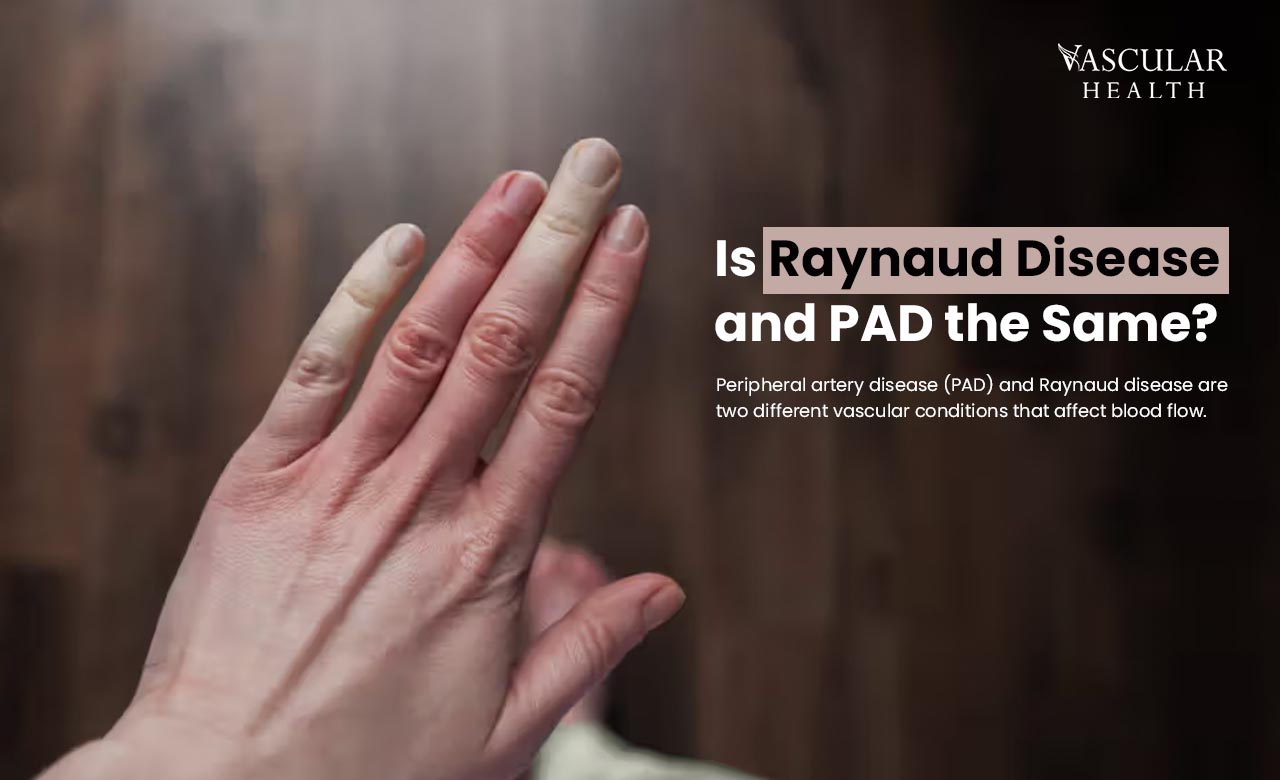Peripheral artery disease (PAD) and Raynaud disease are two different vascular conditions that affect blood flow. Various factors cause them, show other symptoms, and have distinct treatments. Understanding these differences is essential for tailored diagnosis and management of both conditions.
Raynaud Disease
Raynaud disease, also known as Raynaud phenomenon or syndrome, is characterized by episodes of spasm and constriction of the small arteries, primarily in the toes and fingers. This condition leads to a temporary obstruction in blood flow. Cold temperatures and emotional stress often trigger it. There are two types.
- Primary Disease: Primary Raynaud’s disease is more common and not associated with other diseases. It is less severe than the secondary disease.
- Secondary Disease: Secondary Raynaud disease is less common. It is more severe and associated with autoimmune or connective-tissue disorders like lupus or scleroderma.
Symptoms
The affected patient’s skin changes into white, blue, and then red in response to cold stimulus or emotional stress. Tingling, numbness, and pain. In severe cases, ulcers and sores are even developed.
Peripheral Artery Disease
Peripheral artery disease is when the large arteries become narrowed and blocked due to atherosclerosis, resulting in reduced blood flow. It is caused by the deposition of plaque in the arteries. Risk factors include smoking, high cholesterol, diabetes, and hypertension.
Symptoms
- Pain and cramping in the legs, also known as claudication
- Weak pulses in the limbs
- Wounds or sores on the limbs that heal gradually
- In many severe cases, gangrene may occur.
Pathophysiological difference
The significant difference between both disorders is the pathophysiology. Raynaud disease primarily affects small arteries, leading to temporary spasms, whereas PAD affects larger arteries, leading to chronic blockage and decreased blood flow.
Both Reynard’s disease and PAD cause blood flow issues, but they have different causes, symptoms, and treatment options; therefore, a patient should be adequately assessed by a healthcare professional for proper management.




